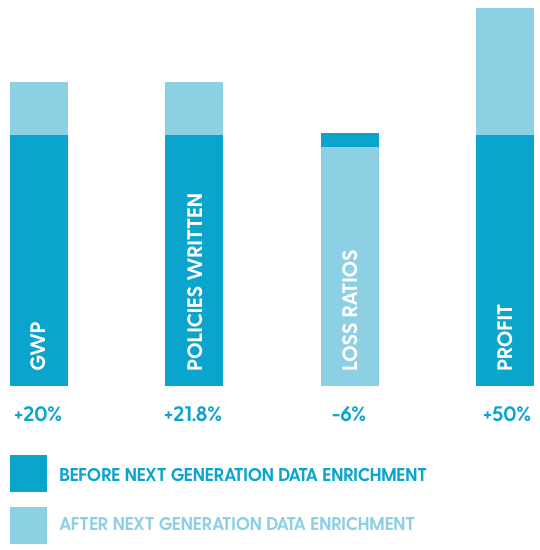As England enters a second lockdown as Wales prepares to come out of its ‘fire break’ and Scotland teeters on the brink, Covid-19 continues to cast a long shadow over our economy. The number of people claiming out-of-work benefits reached 2.7 million in September – more than doubling since the crisis began in March. In its worst-case scenario, the Office for Budget Responsibility is forecasting the unemployment rate peaking at 13.2% next year – with four million people out of work.
And although it feels like it has been brushed under the carpet during the pandemic, we should not forget that the transition period with the EU post Brexit is still scheduled to come to an end on 31 December. Regardless of whether the UK reaches an agreement on trading relationships with the EU, we’re going to be entering a further period of uncertainty – a word no economist likes.
It is likely that many millions of UK insurance buyers are going to be facing severe worries about their household finances over the coming months – and that should be setting the alarm bells ringing for insurers as the correlation between financial stress and claims risk and fraud is well documented.
The sad but simple truth is that money worries are linked to claim outcome and claim risk, either through fraud or opportunistic claims. The higher the financial stress, the higher the claim risk. For insurance providers, the need to have a 360-degree view of policyholders to help determine influences on behaviours such as propensity to claim has never been more important.
The intelligent use of accurate and – most importantly – up-to-date consumer financial data is the key to identifying financially stressed customers.
Insurance providers have always known that understanding their customers is essential in order to make accurate decisions about risk and therefore pricing, and that the best risk decisions are based on data.
Accessing multiple and up to date data points is crucial to maintaining an accurate view of policyholders such that both significant one-off changes and identifiable trends can be spotted earlier and incorporated into treatment strategies and pricing.
Data enrichment and sourcing powerful new datasets is of vital importance now more so than ever. The ability to access both multiple data sources and combining those into a single customer view in addition to using new data sources (such as open banking data and reciprocal data pools) to inform insurance pricing enables a clear view of shifts in a customer’s lifestyle, spending patterns and financial status. The key to unlocking the current picture of each policyholder lies in monitoring these metrics for trends, analysing whether behaviour improves or deteriorates when it comes to missing payments.
Fraud databases also provide crucial insight and alarm bells for those individuals who have been flagged as having either committed or attempted to commit insurance claim fraud. This information is updated daily and, as such, allows you to take almost instant action and prevent any potential losses down the line.
Equally, checking that individuals are being honest about their claim history is more important than ever. Whilst some people may not see this as a crime, it is real issue for insurers where individuals are knowingly not declaring a history for claims in order to get a cheaper quote.
Speaking to one of our key partners CRIF Decision Solutions which maintains the CUE (Claims and Underwriting Exchange Register) database, their Managing Director, Sara Costantini, told us:
“A recent ABI survey highlights that fraudulent insurance claims are costing honest customers over £1.2 billion a year and that over 100,000 dishonest insurance claims were detected in 2019; basically every five minutes a fraudulent insurance claim is uncovered. Considering also the consequences of the COVID-19 pandemic and new types of organised and opportunistic fraud that might arise, reducing fraud losses is a high priority for all insurers.
“A cohesive and structured approach to defining and maintaining a claims fraud strategy is pivotal to success; as is combining innovative technology with enriched data, like the CUE database, sophisticated analytics and a consistently high standard of claims handler expertise at an operational level. I believe that detecting and analysing suspicious claims in a structured and holistic way assists insurers in understanding the fraud typologies affecting their portfolio and ultimately increases premium revenue and profitability by charging rates linked to the true risk involved.”
With this ability an insurance provider will be well placed to identify major changes in circumstances, better understand each risk and what influences an individual’s behaviour and the impact this may have on their claim and fraud risk enabling them to set premiums at the right level, achieve a lower loss ratio and reduce fraud. The business case is clear, demonstrable and significant.





